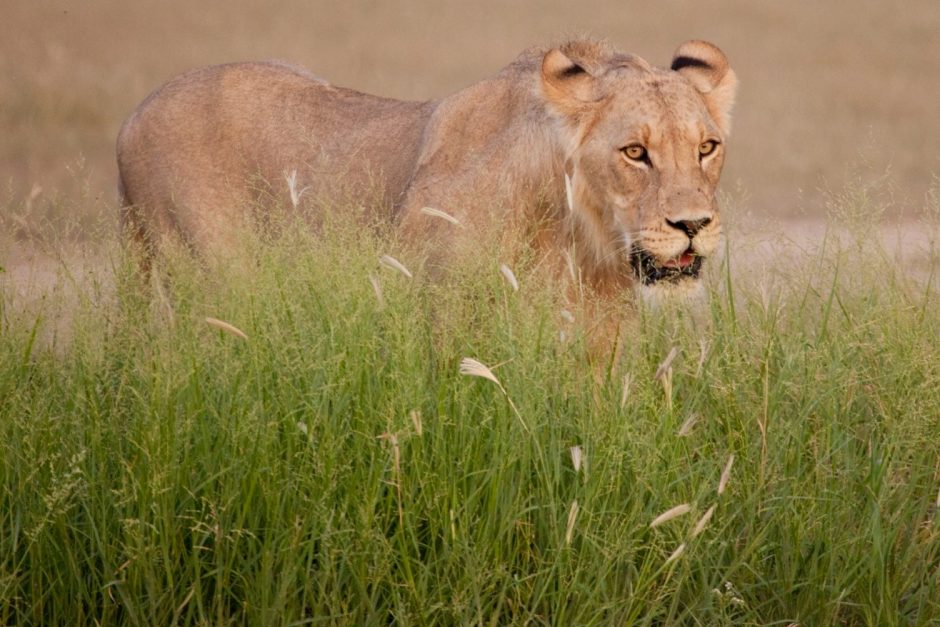
Three Photo Tips for Green Season African Photo Safaris
The green season in Africa is a fascinating time to explore the wilds of countries like Botswana, Zimbabwe, Zambia, South Africa, and Namibia. With brief afternoon rains, otherwise dry areas teem with verdant green vegetation and unique wildlife. Follow these tips and tricks to make sure you are getting the most out of my personal favorite time of year for wildlife photography in Africa.
Photograph with shallow depths of field (small aperture numbers)
The landscape is wildly evocative during this ‘growth’ season in Africa. However, part of this wildness is overgrown vegetation like tall grasses and fully flushed out trees. While this provides for really unique color, contrast and overall impression, it can sometimes be distracting when there’s an animal along with leaves, grasses, or branches that compete for the viewer’s attention. Thus, plan on prioritizing for shallow depth of field to blur out the less important parts of the scene.
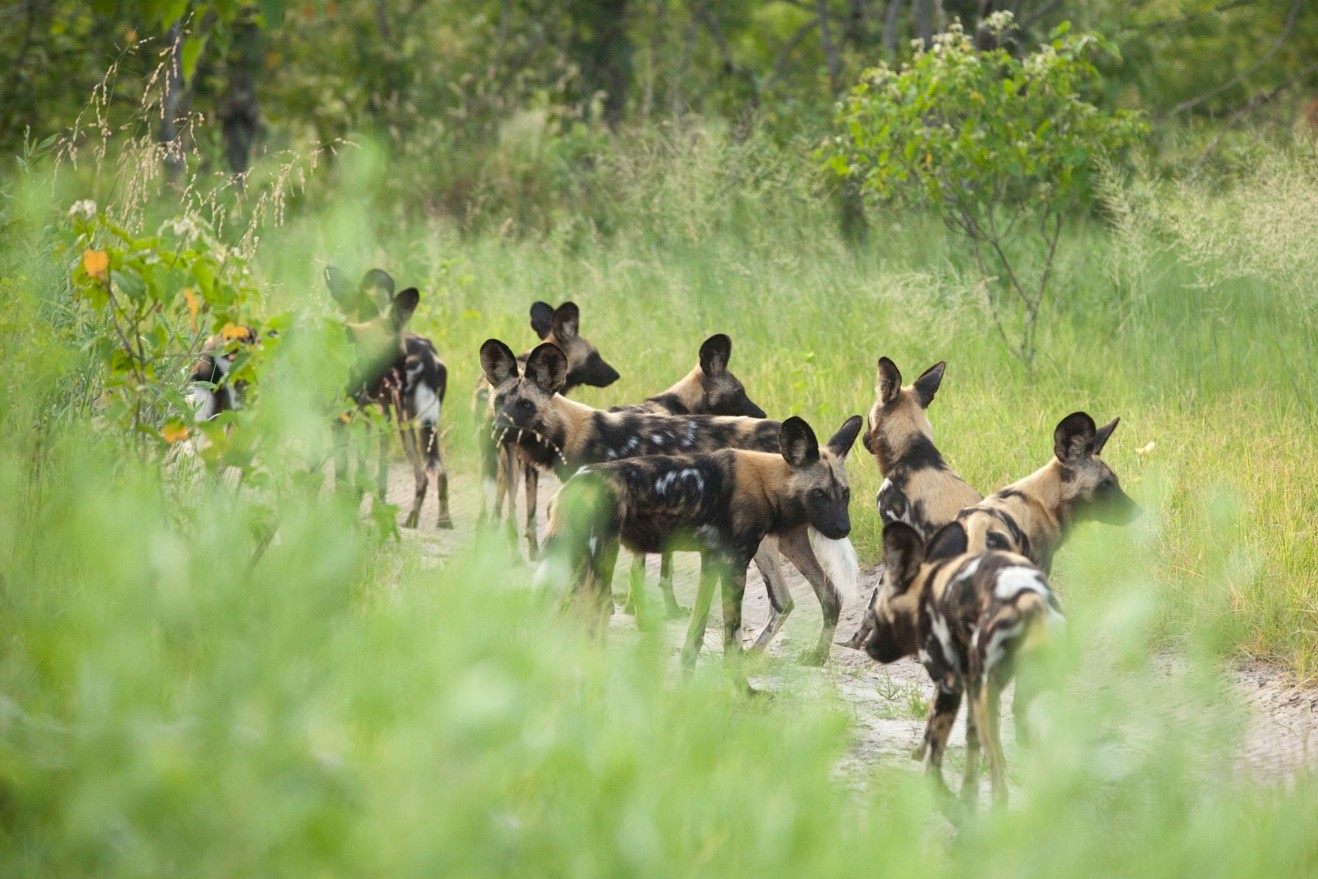
Notice how in the above photo there is a lot going on, but also a lot blurred out. If I had ‘allowed’ the foreground grasses and shrubs to be in focus, it would really distract from the main point of the shot…the stunning wild dogs.
The same goes for shrouded wildlife that may be taking refuge from rain or sun. By setting your camera’s aperture to f/2.8 or f/4, you’ll be able to get the animal in tack sharp focus, but also accent the vegetation in a unique ‘mysterious’ way.
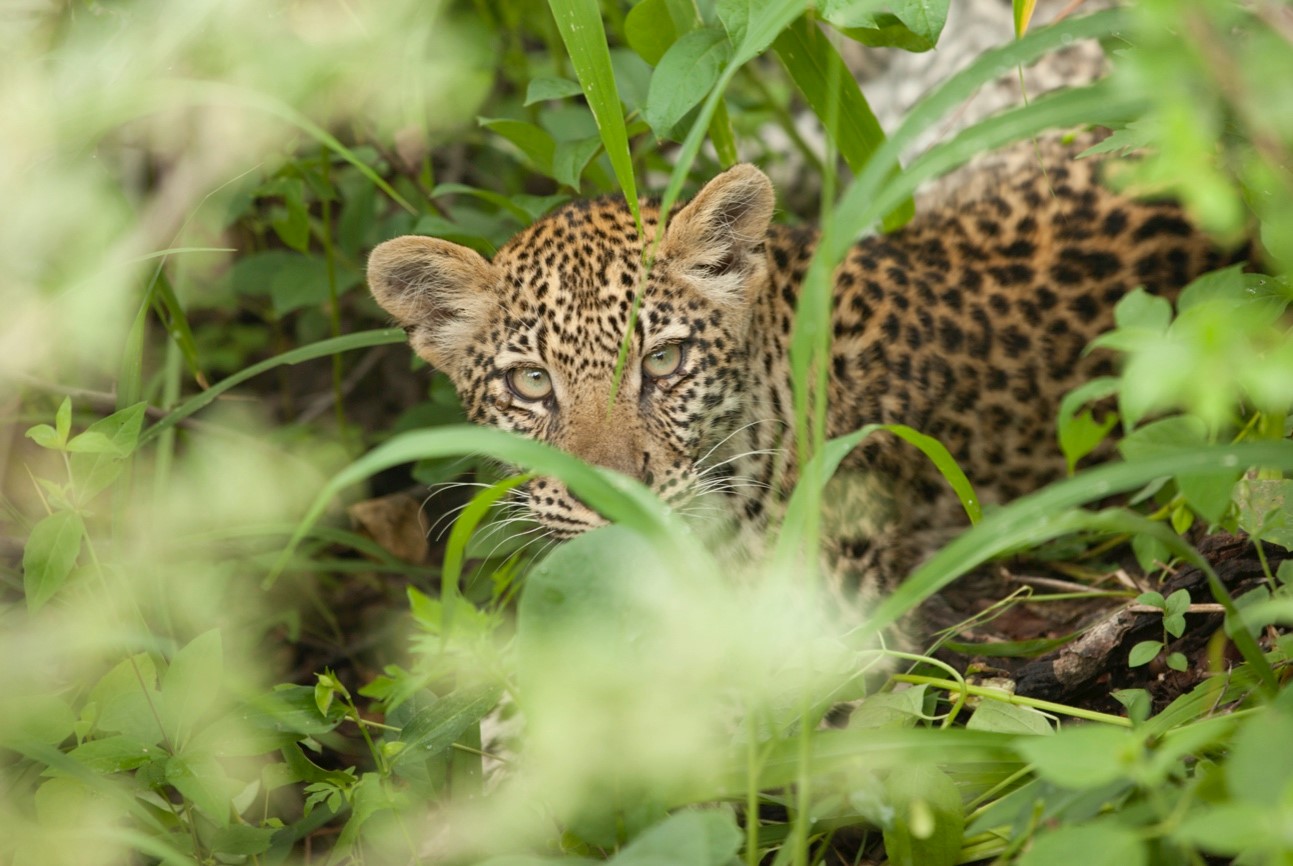
Consider bringing a polarizing filter
The green season is also a time for spectacular clouds, leading to dramatic sunrises and sunsets. While a polarizer isn’t always necessary or even helpful, it can yield great results when clouds are a key element of the shot. If you have one, it’s worth packing.
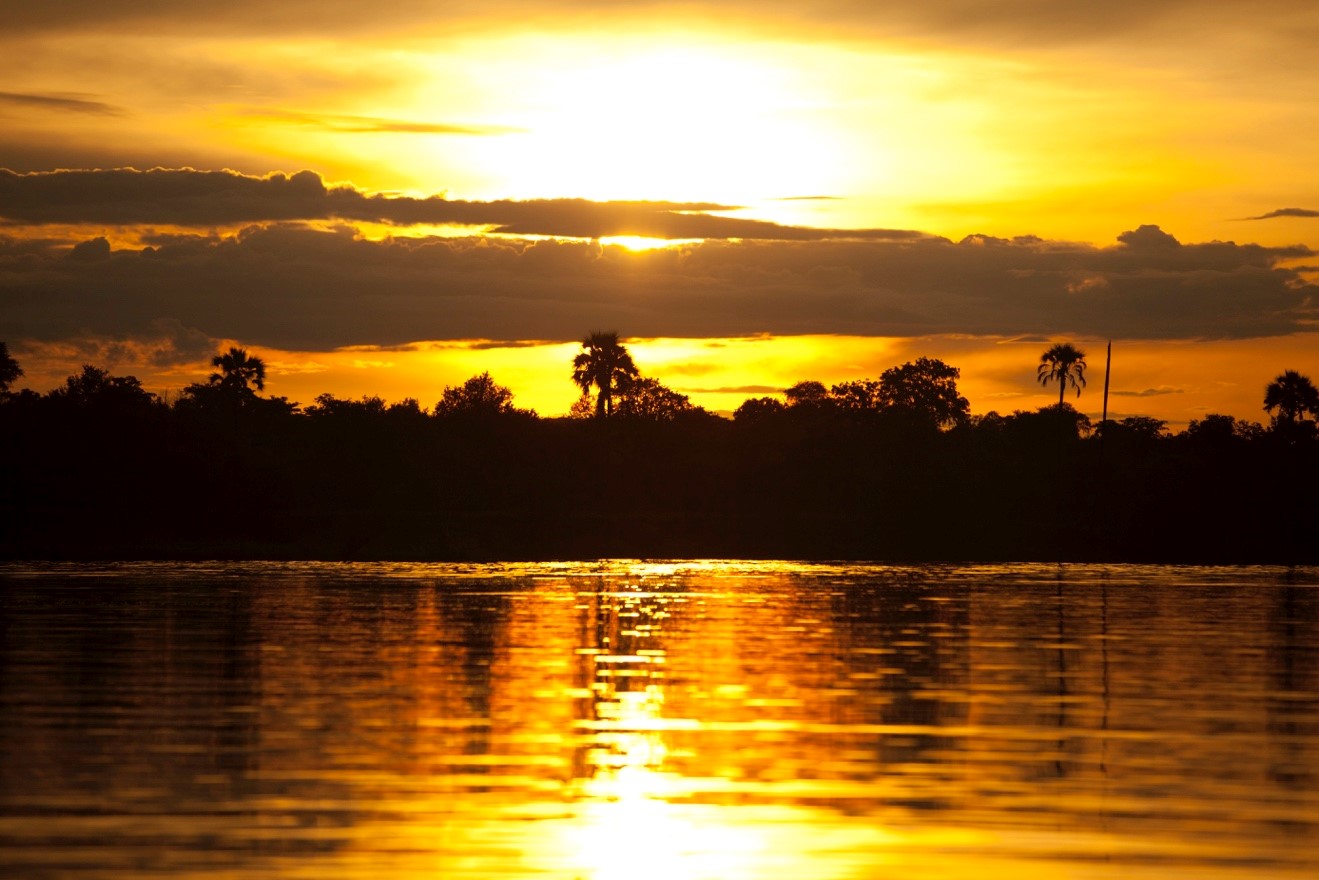
As you’ll see below, a polarizing filter helps make the clouds really pop from the background sky and foreground trees.
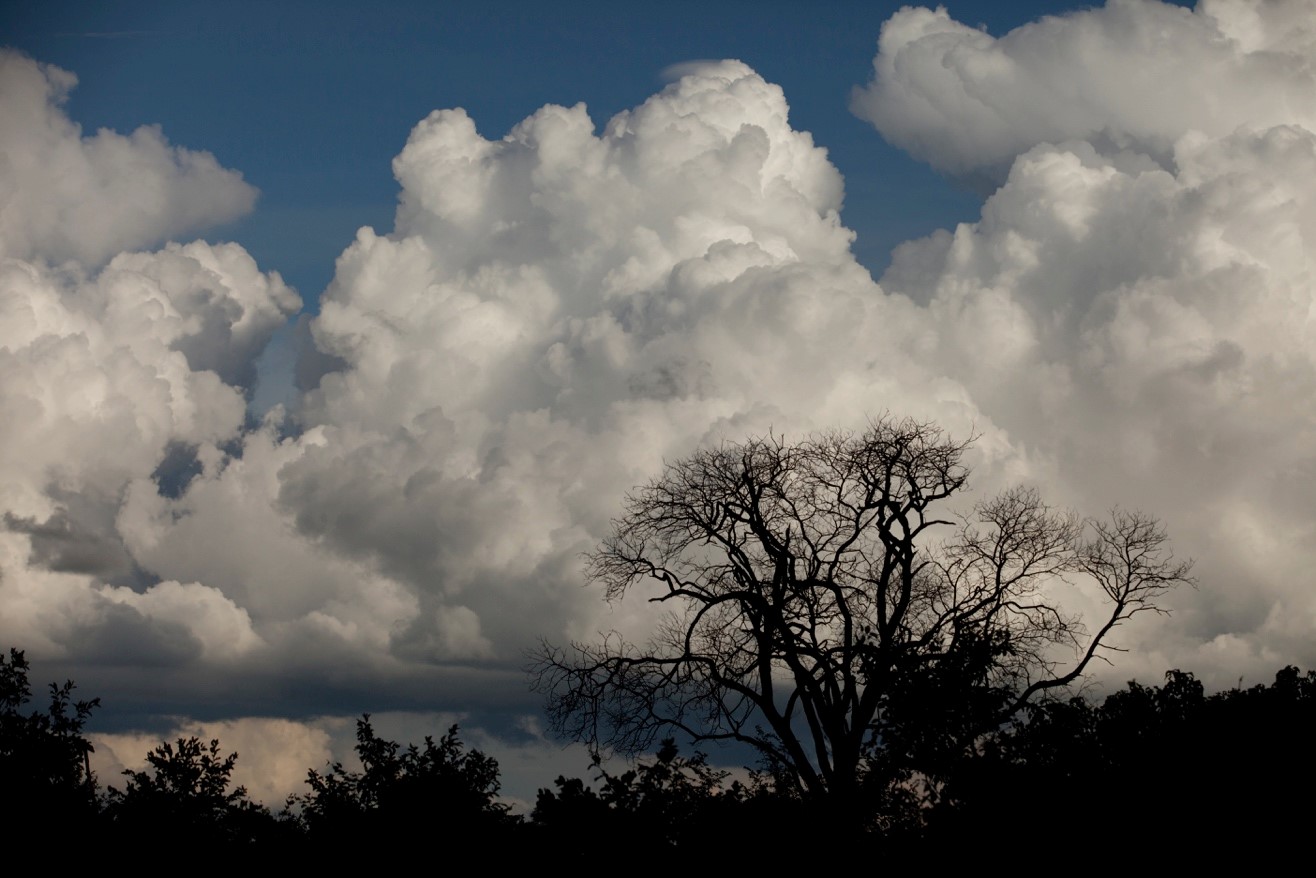
Set your camera’s white balance to “cloudy”
This actually doesn’t have anything to do with whether the day is cloudy or sunny or what. In fact, you’ll often have plenty of full sun during the green season, and it’s this full sun that warms things to the point of creating convection, cloud building, and then rain. However, because the landscape is so wonderfully verdant, you’ll want to bring out the highlights of the green grasses by infusing a bit of a ‘warming’ filter on your camera. Setting your white balance to cloudy accomplishes this, all while allowing you to easily reverse these settings on the computer afterwards.
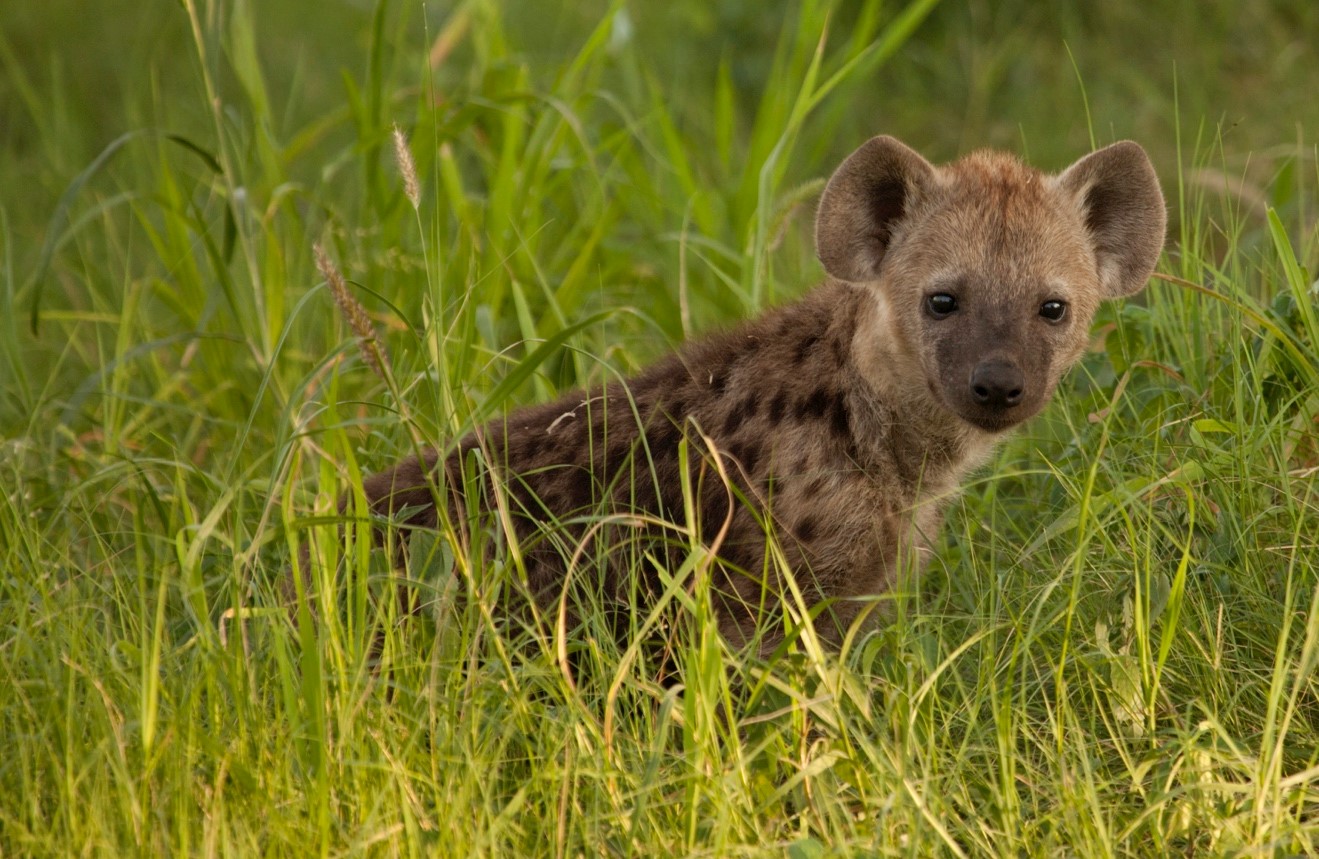
See how the grass really stands out in this photo? It’s partly because of the nice side lighting, but it’s also because the additional yellow helps make the green grass pop.
The same thing goes for the wild dog photo below. The cloudy white balance really helps saturate the colors of the grass, making it feel as though everything is fresh after a summer rain – which it is!
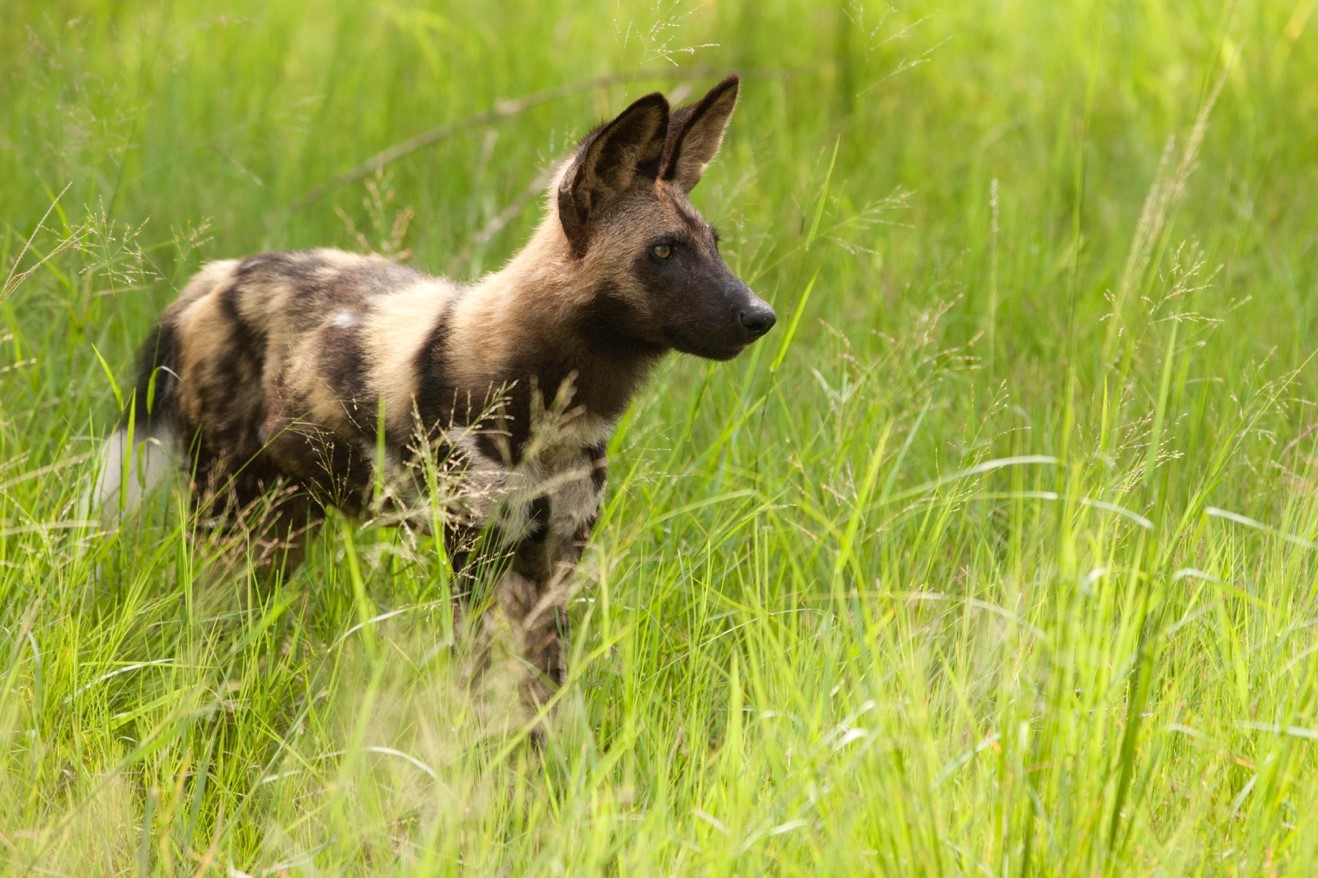
A green season wildlife safari still has many components of traditional dry season safaris, in the sense of what lenses to bring, how to compose your shots, being sure to include landscapes in with wildlife, etc. However, by going a few steps beyond, and incorporating these techniques as well, you’ll no doubt come home with a unique portfolio and album of even more show-stopping images.
Cheers,
Court
Leave a reply